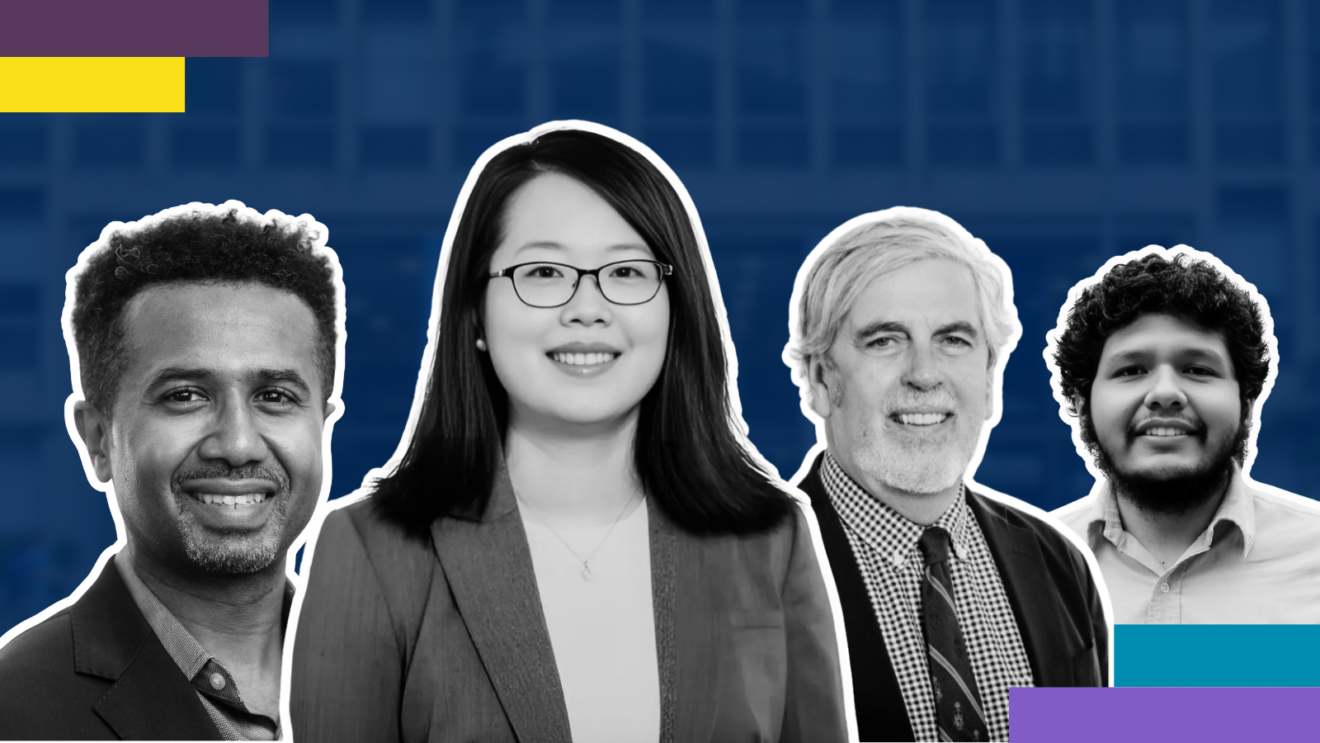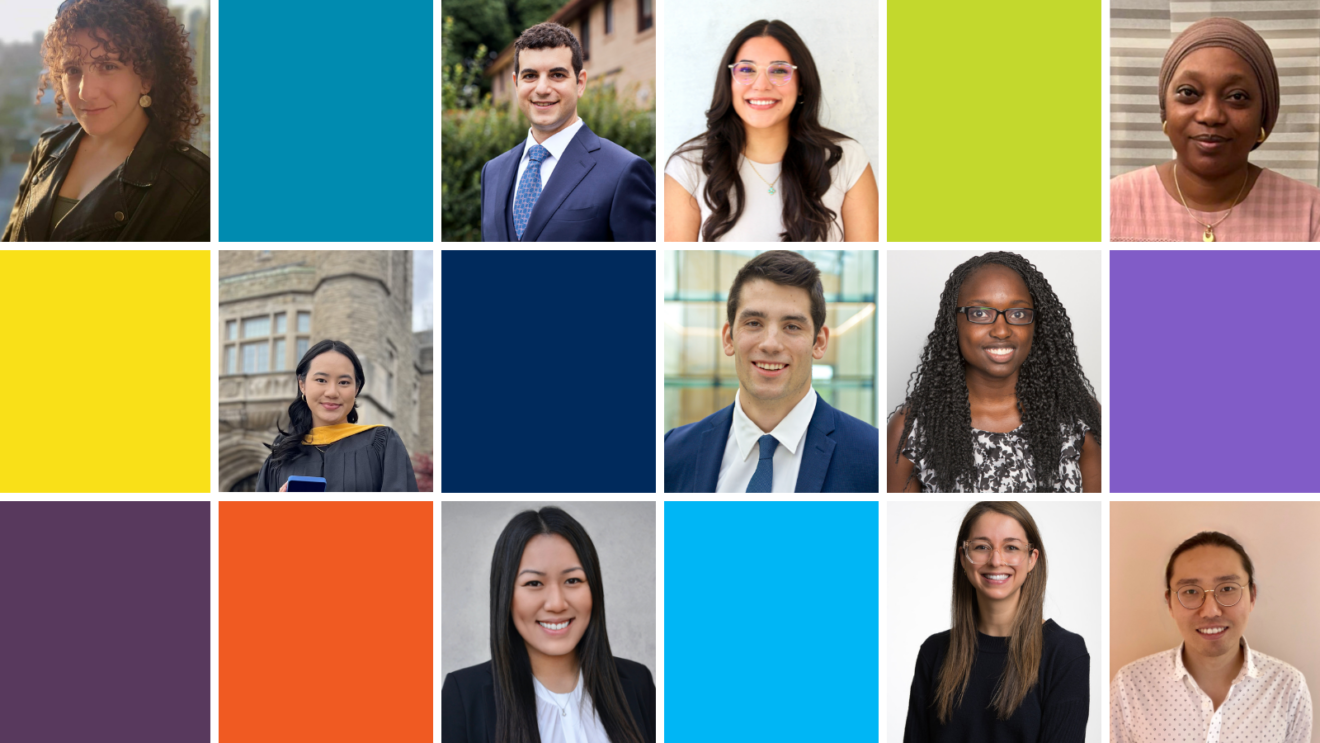
By Alisa Kim
When people think about using artificial intelligence (AI) at work, a common belief is the technology will one day replace workers. After all, AI is already being used in certain contexts like human resources departments to hire and terminate employees. Moreover, researchers are developing AI to detect cancer by “teaching” computers what a tumour looks like using vast amounts of patient data.
Artificial intelligence has the potential to transform the future of work. Studies show that our perceptions about AI are based on second-hand sources like media reports, rather than direct experience. Dr. Meena Andiappan, an assistant professor at the Institute of Health Policy, Management and Evaluation, is conducting a novel study of how people’s beliefs about the role of AI in the workplace evolve after they have worked with state-of-the-art AI.
“What are your fears about interacting with AI in the workplace—do you see it as a threat to your job, a threat to your competence at work? How does it change your self-evaluations when you interact with AI? That’s what the study is looking at,” says Andiappan, who was awarded an Insight Grant from the Social Sciences and Humanities Research Council to lead the research.
Andiappan notes many studies on people’s attitudes toward artificial intelligence are based on asking people to imagine themselves working with AI. What sets this study apart is that people will actually use it. She and her colleagues will examine how health care workers and people from other sectors interact with a technology called GPT-3, a natural-language system created by OpenAI that can do things like summarize reports, draft emails and even write computer programs. The study participants will use the technology to complete various tasks like summarizing an article and composing a poem. They will then share their attitudes toward using AI at work and to what extent they think AI possesses agency and experience. “We’re going to vary the types of tasks we give them because we want to measure different types of competencies, looking at both creative and analytical tasks, and then evaluate perceptions of their own competency and willingness to work with AI,” says Andiappan.
There is a lot of caution around the adoption of the technology, but people also recognize its promise to do things better, she says. One of the aims of using AI in health, for example, is to leverage its capabilities to reduce high levels of burnout and attrition among health care workers. “I think [AI] has perhaps not been capitalized upon to the extent that it has been in other industries. One of the reasons for that is we don’t really understand how people approach AI in health care. That’s one of the angles we explore with this study.”
She notes one way in which artificial intelligence could be used in health care is by helping clinicians with decision-making. “We as individuals have bounded rationality—we can only think about a certain number of factors when we make decisions. Whereas if you’re using tech to make those choices, it can keep track of more information than we can. And then it can put in values as to how it should evaluate that information. It can help you as a health care practitioner, for example, make more informed decisions and make it easier to make those decisions,” says Andiappan.
But before this can even happen, she says we need to understand whether people are even willing to partner with artificial intelligence in their jobs and the barriers to people working with AI—which is where her research comes in. “People have preconceived notions about AI. I hope the results of this work will help us better understand both from the practitioner’s point-of-view and the manager’s point-of-view what are people’s fears about interacting with AI and how those can change. Do they change? If so, how do they change with interacting with AI over time? What are the best ways to introduce new technology in workplaces? We’re hoping these series of studies will help shed some light on these questions.”
Related News

Sign up for IHPME Connect.
Keep up to date with IHPME’s News & Research, Events & Program, Recognition, e-newsletter.
Subscribe to Connect Newsletter
Get in Contact
Communications
Marielle Boutin
Email Address: ihpme.communications@utoronto.ca





